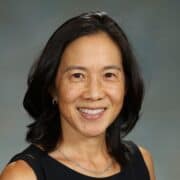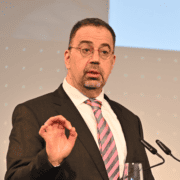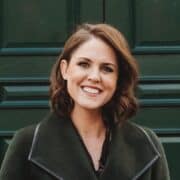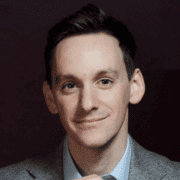LaToya Ruby Frazier—photographer, MacArthur “Genius” and one of Lavin’s most compelling speakers on the entanglement of race, labor, family, and the environment—was described by influential New York Magazine art critic Jerry Saltz as a, “36-year old oracle … one of the strongest artists to emerge in this country this century.” (Vulture).
What do LaToya Ruby Frazier’s photos really document? “Everything,” says Saltz in his Vulture profile, “the entire postwar American Dream stacked against American blacks.” Hers is not a voyeuristic or predatory eye, observes Saltz; instead, Frazier gives a voice to her subjects, many of whom have written their own text, poetry or statistics, presented alongside their pictures.
This radical leap—from subject to collaborator—is not only what makes Frazier one of the most important artists working today, but is also what gives her captivating keynotes such heart: “For me, it’s a duty to stand in the gap and advocate as an artist for the displaced, working-class people … I made my camera a weapon.”
















